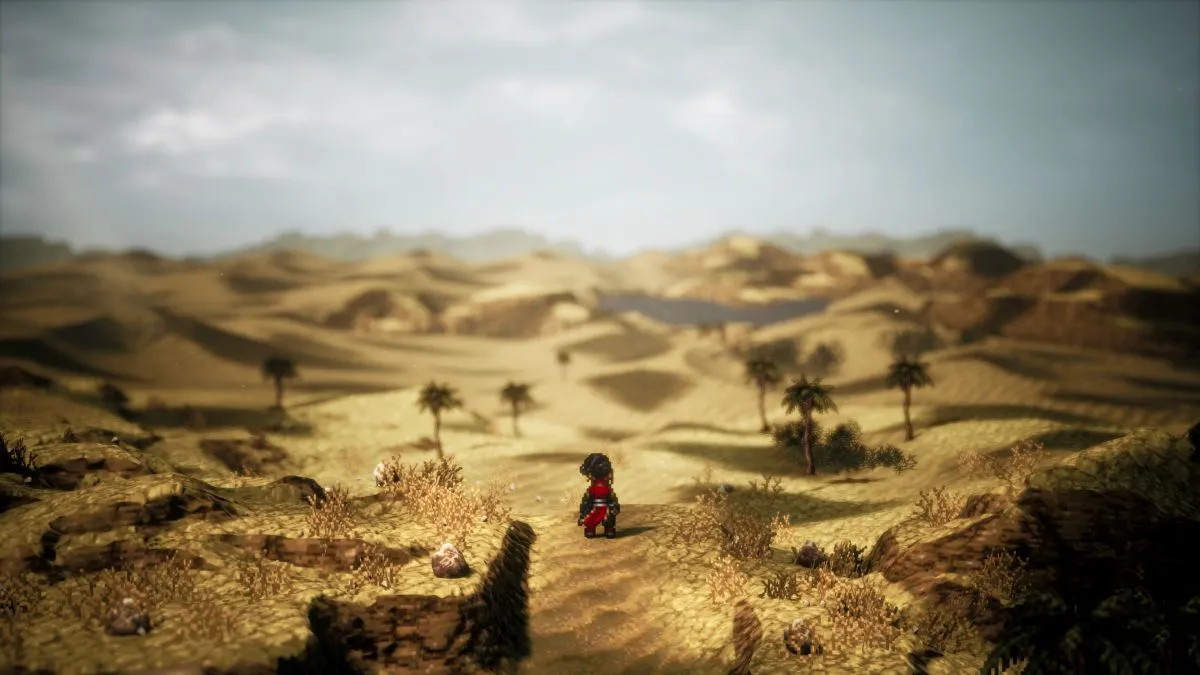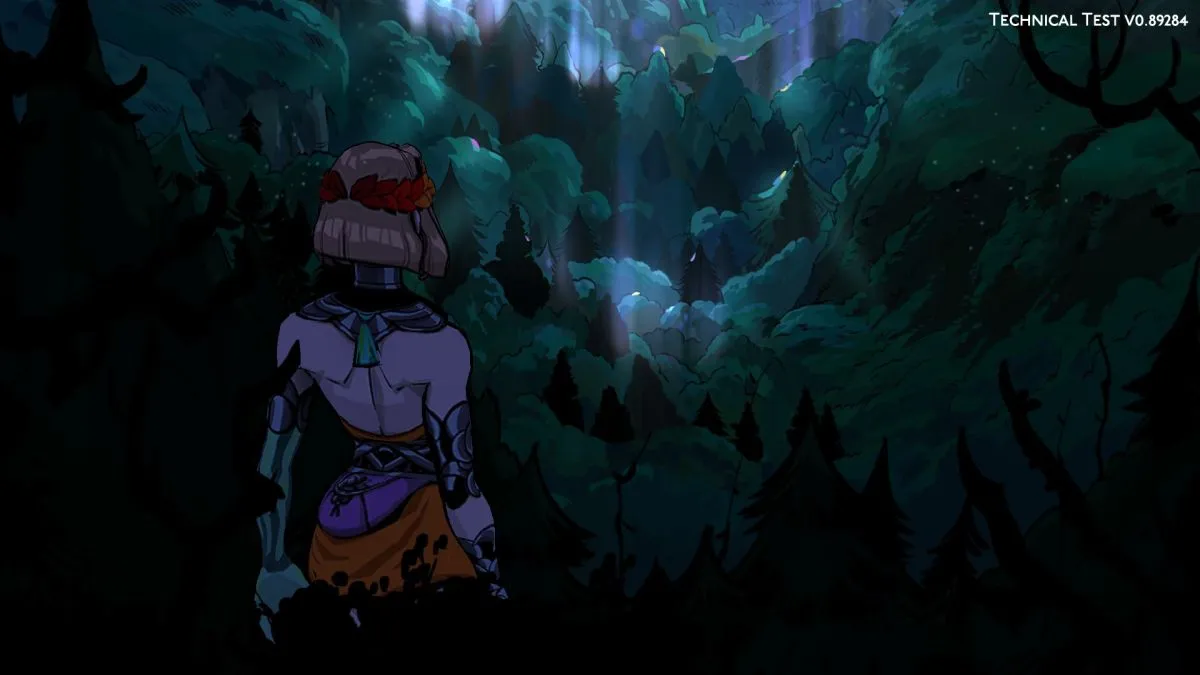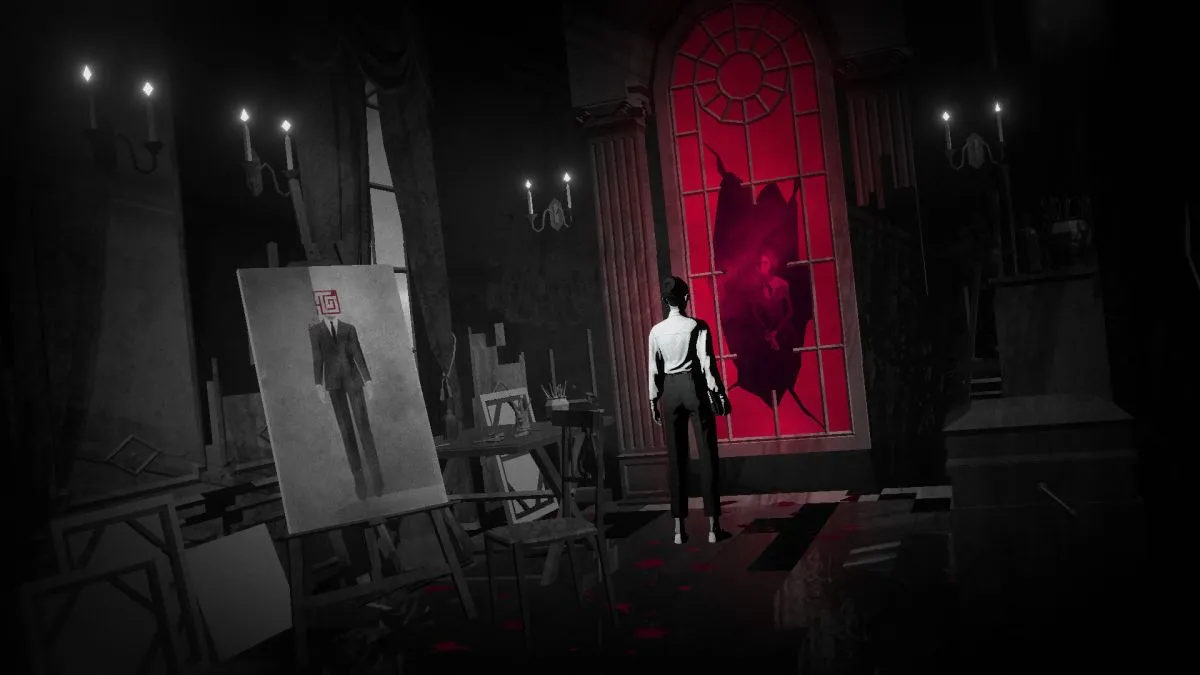Halfway in, and Octopath 2 feels like it’s surpassing its predecessor
Octopath Traveler, and its follow-up Octopath Traveler 2, both start off with an interesting but challenging narrative format: take eight adventurers, tell their origin stories, and weave their fates together into a greater anthology. These eight heroes grow into their own in their stories and then, once established in their own right, join together to fight the ultimate challenge awaiting them. Conceptually, it’s powerful. In reality, it can be a delicate dance.
For a full disclosure, I wasn’t too keen on the first Octopath Traveler. A soaring soundtrack and gorgeous presentation couldn’t lift the stories high enough to make me want to see things through to the finale myself. So I’m not sure what it was that drew me in, almost last-minute, to Octopath Traveler 2. It could have been lingering good-will from the Live A Live remake. Or maybe it was the idea that Acquire and Square Enix could take the criticisms of the first Octopath and craft a better version of it, where the eight-legged story wasn’t weighed down by its writing. Ultimately, I’m glad I did, because Octopath Traveler 2 feels like making good on the blueprint laid out by its predecessor.
Octopath Traveler 2 (PS5[reviewed], PS4, PC, Switch)
Developer: Square Enix, Acquire Corp.
Publisher: Square Enix
Released: February 24, 2023
MSRP: $59.99
From the outset, much of Octopath Traveler 2 is the same as the first. There are eight travelers, each with their own backstory and class for combat, as well as Path Actions. Journey around town, fight through the occasional dungeon and boss fight, and use Path Actions on NPCs to move the story forward. The framework is very familiar. It’s how Square Enix and Acquire built up over the top that’s impressing me.
Day and night
The addition of a day-and-night cycle means everyone has two Path Actions now. While Throne can knock someone out at night, she has to be a little more polite in the sunlight and simply pick their pockets. Osvald can scrutinize someone, gambling on a chance to uncover their deepest held secrets, during the day. At night, he just mugs them. NPC interactions broadly fall into a few categories: get information, follow me, get items, or knockout. (For Hikari, that’s knockout and steal your skills, a la Rogue.)
The Octopath team has done a really great job, though, of making sure you’re doing a lot of different things with the vocabulary set out before you. Some chapters may never see you engage in combat. Others might have you try to solve a small mystery. And still, others might just be wading into gladiatorial bout after bout. I’m writing this review-in-progress from the halfway point, as we got code just ahead of launch. But even at roughly 35 or so hours in, I’ve found I’m doing something a little different in every chapter, for every character. Stories rarely ever feel too one-note.
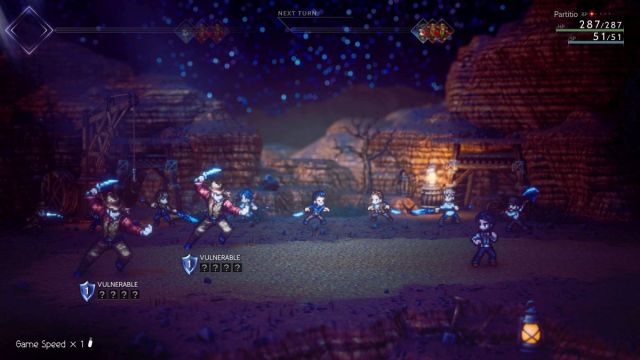
It helps that Octopath Traveler 2‘s cast is, on the whole, much more endearing than the first game. Importantly, you don’t need to have played the first game to follow anything happening here. And that jump allows these tales to, outside a few scant gestures towards previous events, tell a story that’s in a much different world state altogether.
Brave new world
Rather than just fantasy fare, Octopath Traveler 2 sees a fantasy world approaching industrialization. Pioneers and merchants venture to the silver-mining town of Oresrush, spurred on by whispers of a shifting standard in currency. Agnea, the dancer from a small forest town, is caught awestruck when seeing the lights and sounds of the bustling New Delsta. At one point, a shipwright laments how investors have left her work, proclaiming that steam engines might be the future.
This world is a fascinating one, and the characters who give you their viewpoints into the world give you a wide variety of views. Partitio the Merchant struggles with wages and fair earnings, as his desire to pay workers an honest living leads to tensions with the higher-ups who want to scrape out the most profit for themselves. Hikari finds himself caught in a struggle for the throne, as his nation comes to grips with its history of conquering and bloodshed.

My personal favorite is Temenos, the doubtful Inquisitor for the Church of the Sacred Flame. A string of bad luck sees him caught up in a murder-mystery, and so he sets to work, investigating his way through the JRPG equivalent of the movie Seven. But what I enjoy isn’t just the detective vibes, but the entire inquisitorial nature of Temenos; his job, as he says, is to doubt. He casts aspersions on the way church officials wield their power over the more naïve.
Many paths, one road
This curiosity lends itself well to Octopath Traveler 2‘s very open approach to role-playing. Dotted throughout the world are sidequests. They operate similar to Octopath 1, in that they usually require a bit of problem solving and using Path Actions. Yet in the sequel, I’m finding them so much more rewarding. They give you just enough threads to let you solve something by yourself, while not being too difficult to discern.
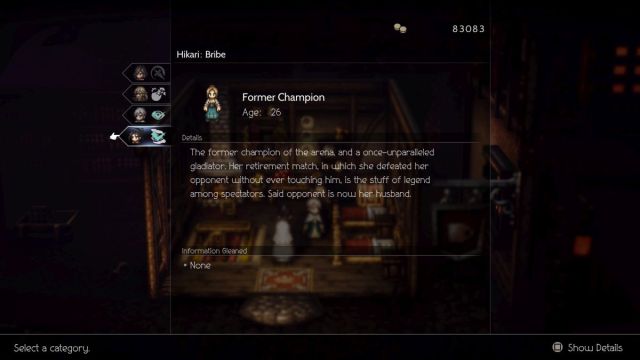
Moreover, there are dungeons all over the map. Altars await, offering additional abilities for your eight travelers. Guilds in cities now mete out subclass options, and subclasses themselves are available earlier and feel more interesting to dig into. I’ve yet to venture onto the Crossed Paths, which see two travelers spend time with each other, a common request from those who felt Octopath 1‘s party felt too distant. But even within chapters, the party will get optional moments of banter, reminiscent of skits from the Tales Of series. Some have genuinely made me laugh, or given me pause to think about what’s happening at the moment.
All of this builds to a world that feels so much more alive in Octopath Traveler 2. There are always new sights to see, towns to explore, quests to undertake, and objectives to task myself with. I’m sure there’s what some might consider grinding, but it’s under enough layers of interesting meta-interactions and systems that I’m barely even noticing it.
Take to the field
Even combat has seen a pretty noteworthy shift. Sure, all eight characters maintain the same classes and general dispositions from the first game. The Scholar will cast magic, the Warrior wields weapons, and the Cleric heals and casts holy light magic. But alongside a fairly diverse set of abilities and support skills that can change how each character approaches a fight, every traveler has their own Latent Power. This Limit Break-adjacent skill lets a traveler do what they do best. Castti can freely mix up a massive, tide-turning concoction, without using up ingredients. HIkari taps into a well of probably-definitely-corrupting power to unleash heaps of damage.
Again, I turn back to Temenos, whose Latent Power ensures that whatever hits he doles out will break Shield Points on the enemy. Octopath Traveler 2 still uses the Boost and Break systems, encouraging you to Break enemies by hitting their weaknesses, opening them up for attacks, and using Boost points to either time those breaks or capitalize on them with massive damage. Well, subclassing Temenos into Scholar means I can give him the Elemental Barrage ability, which doles out anywhere from three to five blasts of magic in one burst, and more if I boost him. Coupled with his Latent Power, he shreds through shields in a single turn.

Little tweaks and optimizations like that make the Octopath Traveler 2 combat feel so much more lively in its earlier hours than the first ever managed. Battles can provide a decent challenge, but a smart and tactical player could take on enemies well above their level if they plan and prepare right. That’s the sign of an engaging turn-based combat system to me, at least.
All roads lead home
As I said before, I’m still at roughly the halfway point. I’ve cleared half of all the available character chapters, but still have a ways to go to see this through to its end, and how exactly all these travelers will come together. But where Octopath Traveler 2 is succeeding is making the journey feel so worthwhile. I think with Octopath 1, much of my focus was on the destination. That’s not really on my mind in the second game.
Instead, I’m scouring the map for more opportunities for Partitio to strike a bargain. I’m trying to snatch all the guild subclasses and class statues I can locate. With each new screen, I’m filling in the blank outlines on my blank canvas of a map, while inviting new dangers at every bend. The soaring theme of Octopath Traveler always makes me think of grand adventure, spanning across lands and towns. With Octopath Traveler 2, that world feels vibrant, exciting, and ripe for exploration.

